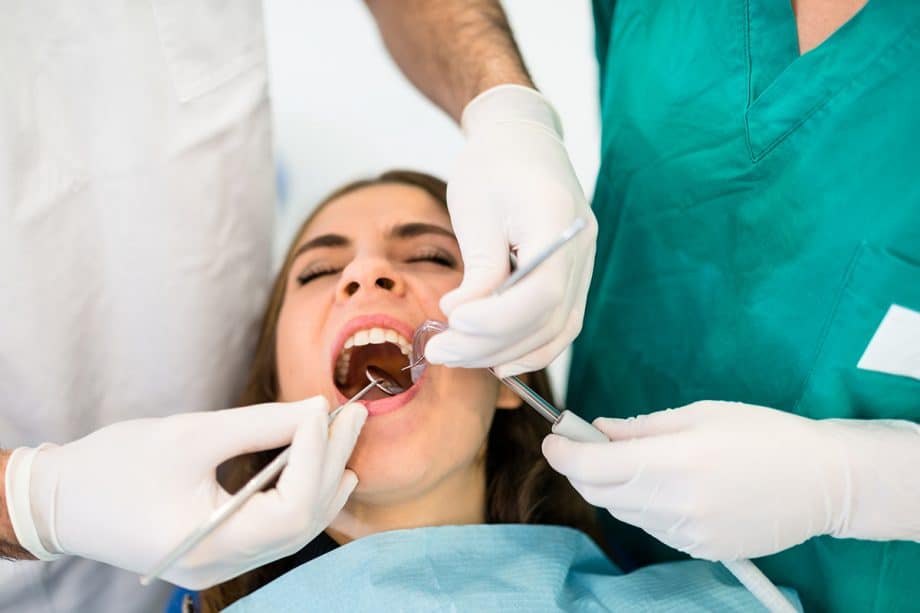Dentists see patients with a cracked or chipped tooth regularly. Sometimes patients may be aware that they have a broken tooth while other times they don’t realize it until it begins to cause pain. Regardless of the size or significance of the crack or chip, there are advanced procedures to help restore the tooth back to its full functionality.
A Cracked or Chipped Tooth: What’s the Difference?
A chipped tooth is very visible - especially if it is in the front. Even if it is in the back and you can’t see it, your tongue is sure to notice a difference in the way your mouth feels. Some chips can be relatively small while others can be much more noticeable. Quite often a chipped tooth is the result of a cracked tooth that has weakened over time.
A cracked tooth is not always visible. And because there is no broken or chipped piece yet, you don’t usually feel it. However, those with large cracks may experience some sensitivity to chewing, temperature, and sugary sweets. Getting routine, comprehensive exams is a great way for your dentist to discover and address any cracked teeth you may have.
What Causes Cracked or Chipped Teeth?
Chipped teeth often occur due to biting down on something hard. This could be a hard piece of candy, a popcorn kernel, ice cubes, or something else. And it usually happens when you least expect it. Trauma is another cause of chipped teeth, such as an accident or sporting injury. As we said, though, chipped teeth often result from a tooth being cracked.
So, what causes a tooth to crack?
Teeth can also crack from biting down on something hard or suffering trauma. But, that’s not all. Many patients crack teeth due to bruxism (teeth grinding), poor oral hygiene and tooth decay, as well as previous dental work that may have left teeth more fragile or compromised.
Fixing a Cracked or Chipped Tooth
Dental treatment is often relative to the size of the crack or chip. For most small cracks, the dentist may just keep an eye on it. It may not require any treatment right now. Same applies for a small chip - unless of course you are looking for treatment for cosmetic reasons.
If the chip warrants treatment, fillings or dental bonding are often go-to options for dentists. It all depends on where the chip is. For instance, if the chip is in an area that isn’t as noticeable, a filling may be a sufficient choice. However, if it is visible when you smile, dental bonding may be used as it will restore the tooth’s natural appearance. For those seeking a more permanent option, porcelain veneers are always a spectacular way to renew front teeth.
When treating large cracks or chips, the inside of the tooth may be exposed - leaving it easily susceptible to bacteria, cavities, and deeper decay. This is likely to be a bit painful and may even require an emergency appointment. Treating these situations often involves a dental crown, protecting the integrity of the tooth much better than a filling or bonding. Or, in cases where the pulp has been jeopardized, root canal therapy may be in order, then followed by a crown.
Treat Cracked or Chipped Teeth at Kevin G. Jones, DDS
If you are feeling any discomfort or you suspect you may have a damaged tooth, it is important to reach out to Kevin G. Jones, DDS and his dental team as soon as possible.
Contact our office at 501-225-4555 to schedule an appointment.

